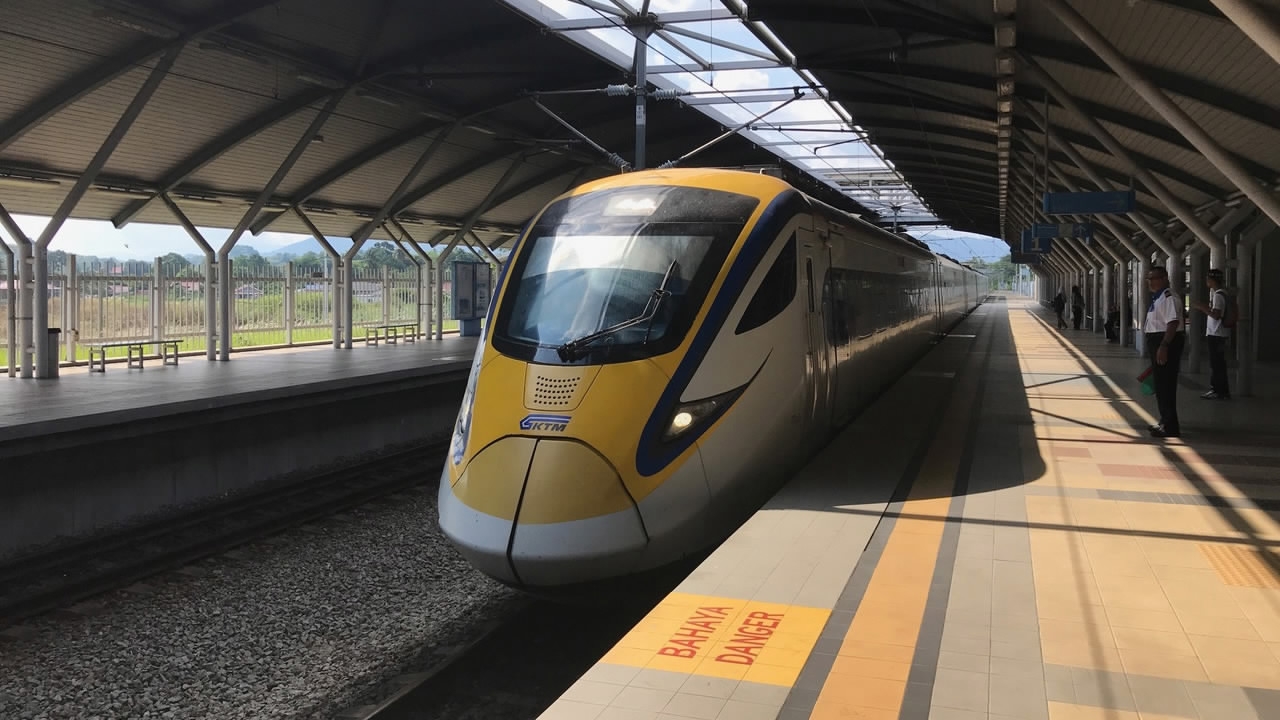To visit the sprawling Chinese plant assembling electric and light rail train sets in central Malaysia, it seemed fitting to go by rail. I first hopped on one of the new lines of Kuala Lumpur’s light rail system a few stops to a main terminal, then walked to the adjacent platform to catch the electric train to Batu Gajah in Perak state.
The light rail train was assembled at the CRRC Rolling Stock Centre in Perak. The electric trains were manufactured by its parent company in Zhuzhou, central China's Hunan Province.
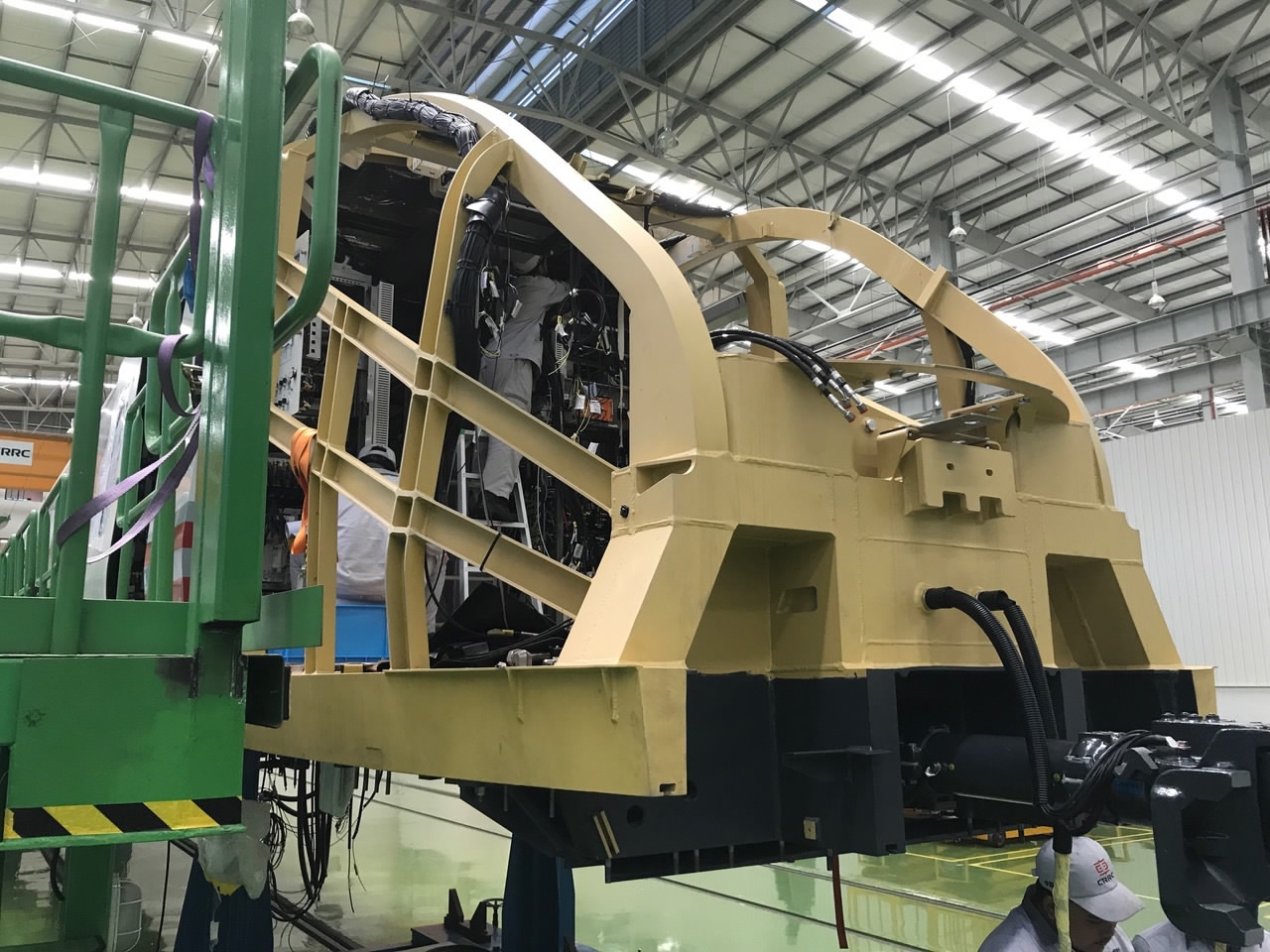
A train for Malaysia's main north-south electric system. /CGTN Photo
A train for Malaysia's main north-south electric system. /CGTN Photo
The CRRC plant has also been assembling trains for greater Kuala Lumpur’s suburban rail system, as well as the electric train line I took.
“Malaysia has a solid railway network, but it is outdated, so there are big opportunities here,” the rolling stock center’s general manager Jiang Zhengguang told me. “Since we entered Malaysia in 2011, we have had a lot of orders, orders for nearly 1,000 train segments, and we have finished nearly 500 of them.”
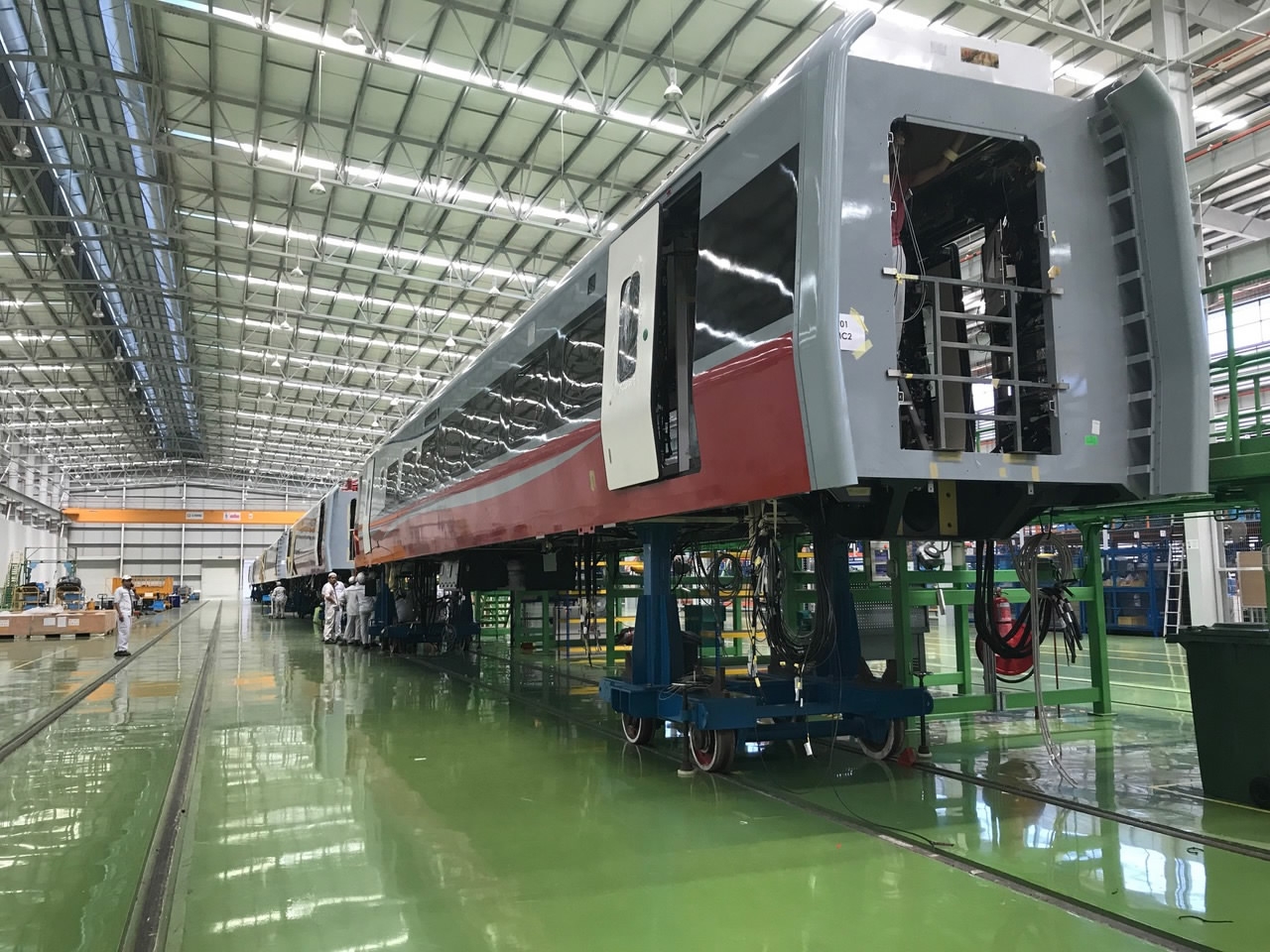
An electric train set being assembled at the plant. /CGTN Photo
An electric train set being assembled at the plant. /CGTN Photo
But China’s involvement in the rail sector doesn’t end at this plant. Far from it.
Chinese companies are working to double track and electrify the final 190-kilometer stretch of the country’s main north-south rail line to the border with Singapore.
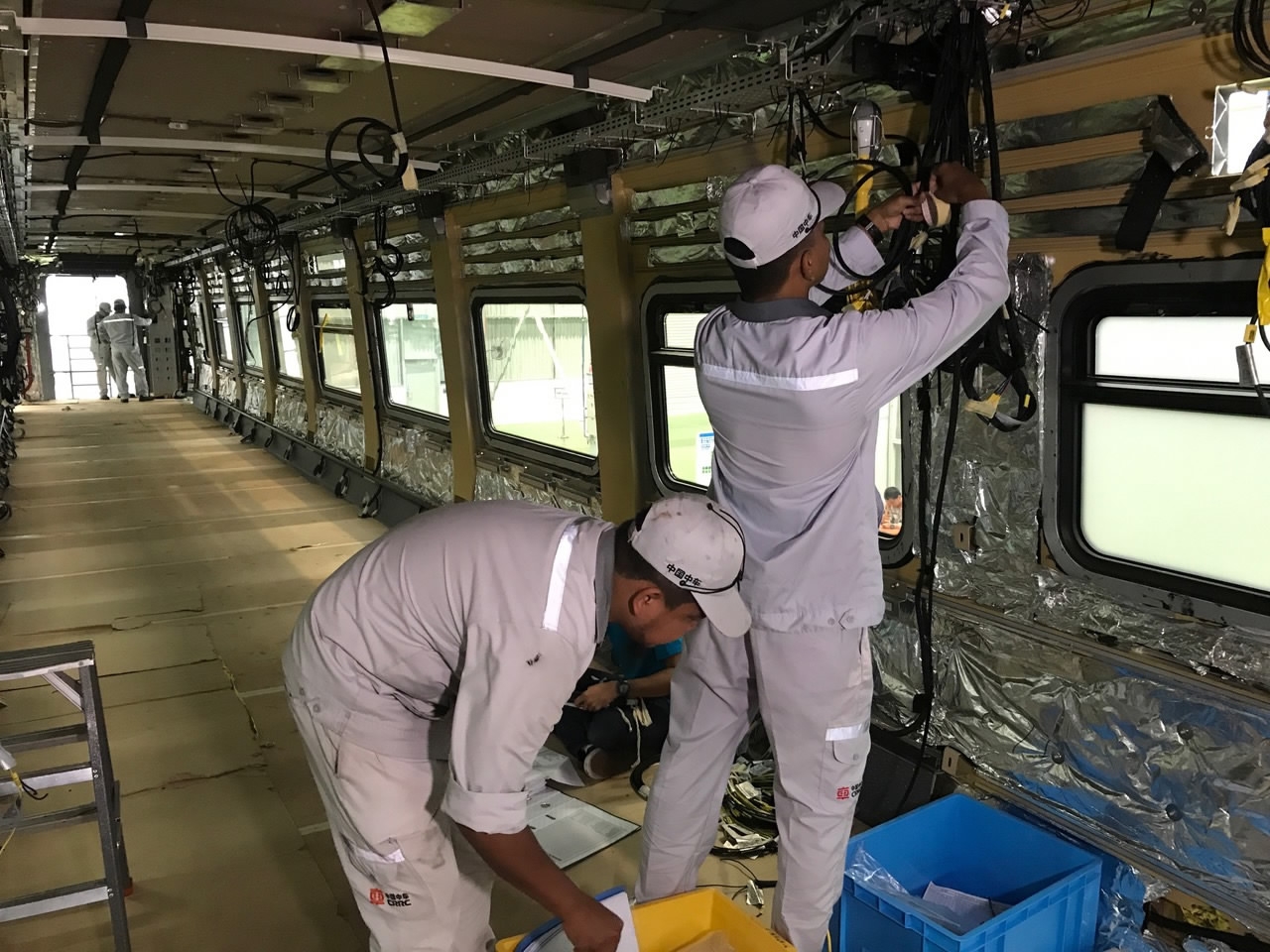
Around 80 percent of the staff are local. /CGTN Photo
Around 80 percent of the staff are local. /CGTN Photo
And China Communications Construction Company will take the lead in building a 13-billion US dollar East Coast Rail Link which stretches from the big ports on Malaysia’s west coast, through the capital to the underdeveloped east coast, and north to the Thai border. It will also be funded with soft loans from China.
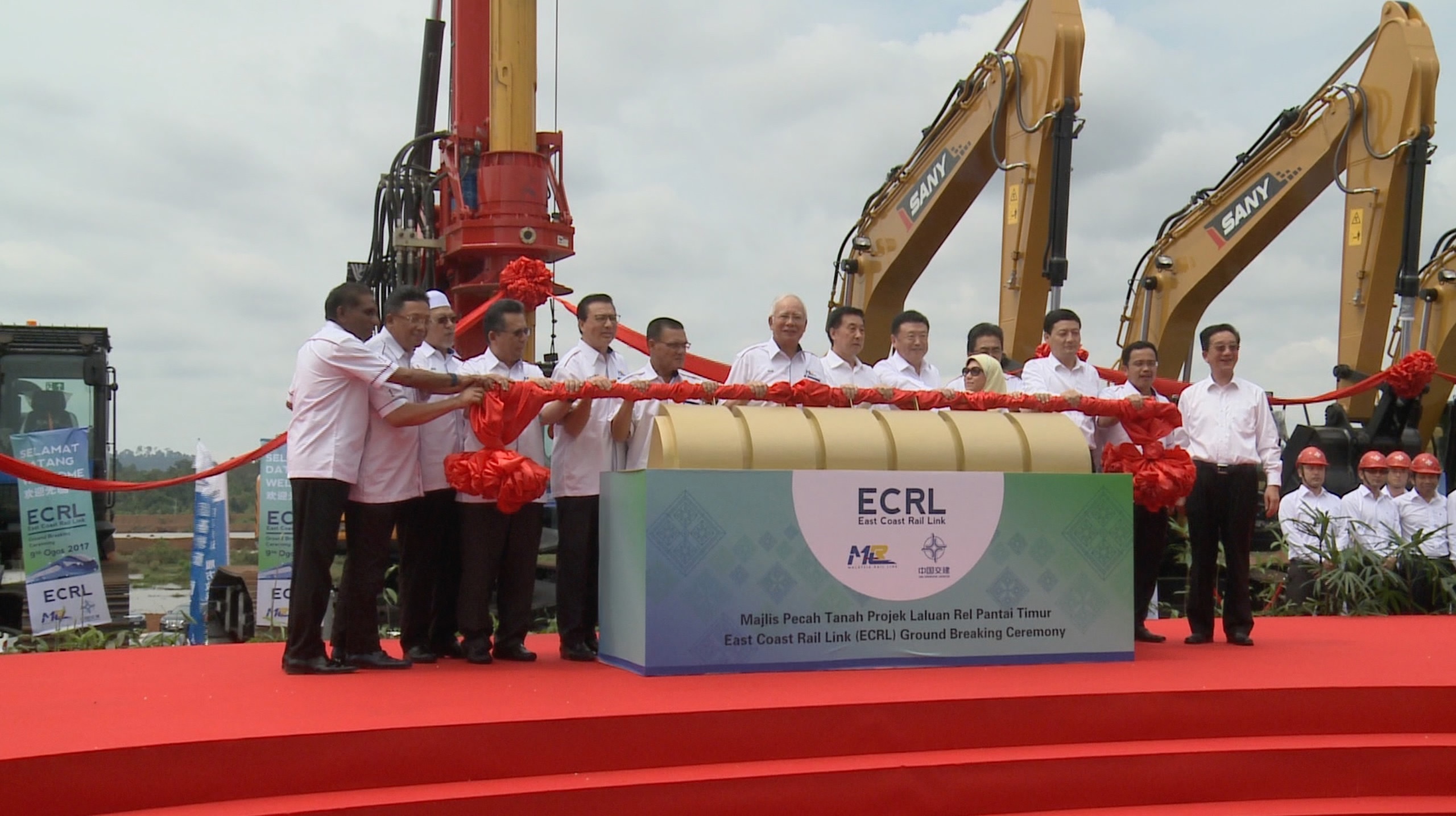
Chinese state councilor Wang Yong joined Malaysia's prime minister to launch the East Coast Rail Link. /CGTN Photo
Chinese state councilor Wang Yong joined Malaysia's prime minister to launch the East Coast Rail Link. /CGTN Photo
Malaysia’s prime minister Najib Razak has hailed the East Coast Rail Link or ECRL as a game changer. “It will be a catalyst for economic equality between the west coast and east coast as it will stimulate investments, spur commercial activities, create more jobs, facilitate quality education and boost tourism,” he said at last year’s launch.
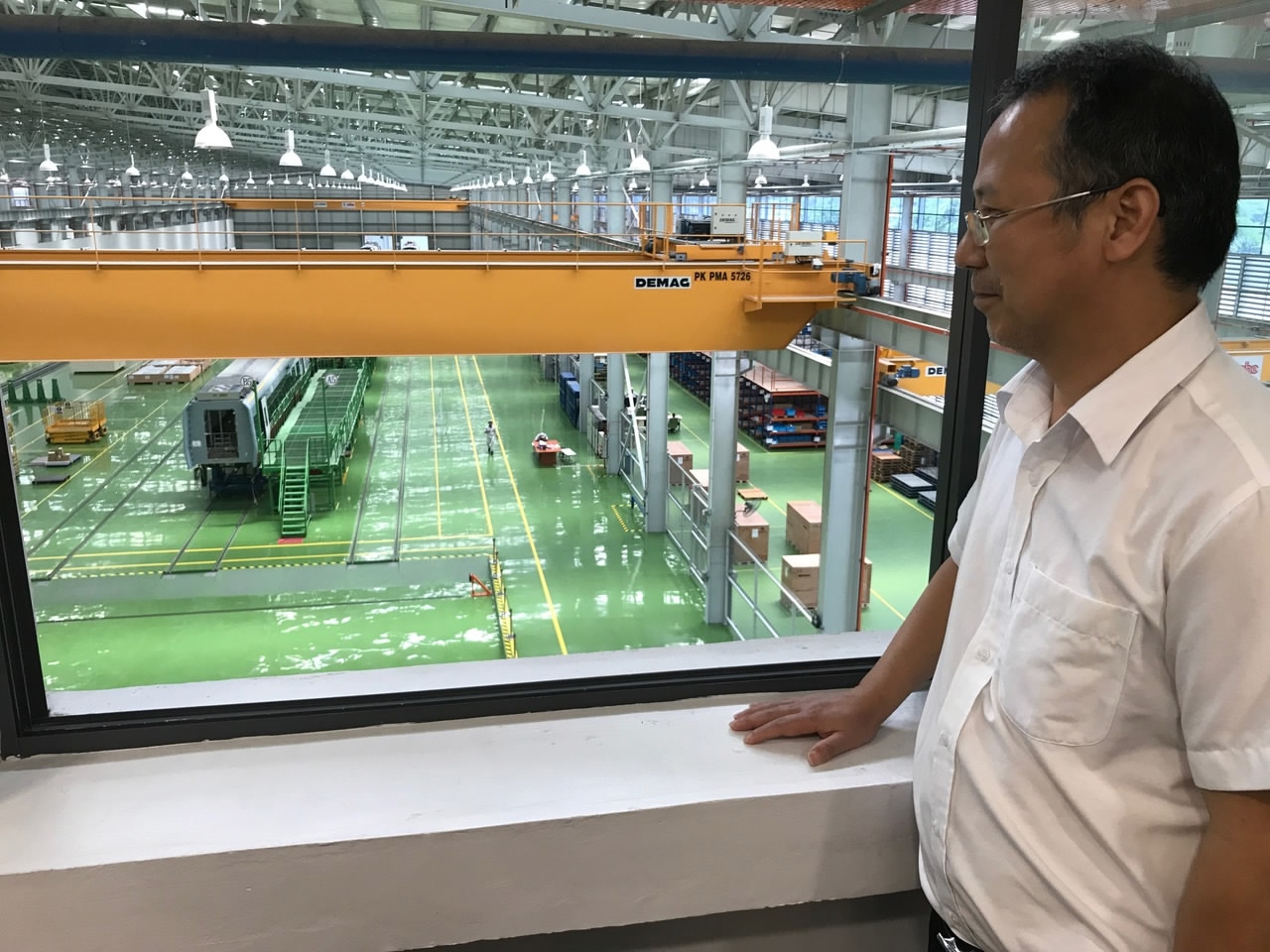
CRRC Malaysia GM says the company looks to boost the local economy. /CGTN Photo
CRRC Malaysia GM says the company looks to boost the local economy. /CGTN Photo
The ECRL project will train some 3,600 youths – especially from the less developed east coast states – in rail technology. The project will absorb most of those workers, but others should find jobs with the planned High Speed Rail project that will link Kuala Lumpur and Singapore.
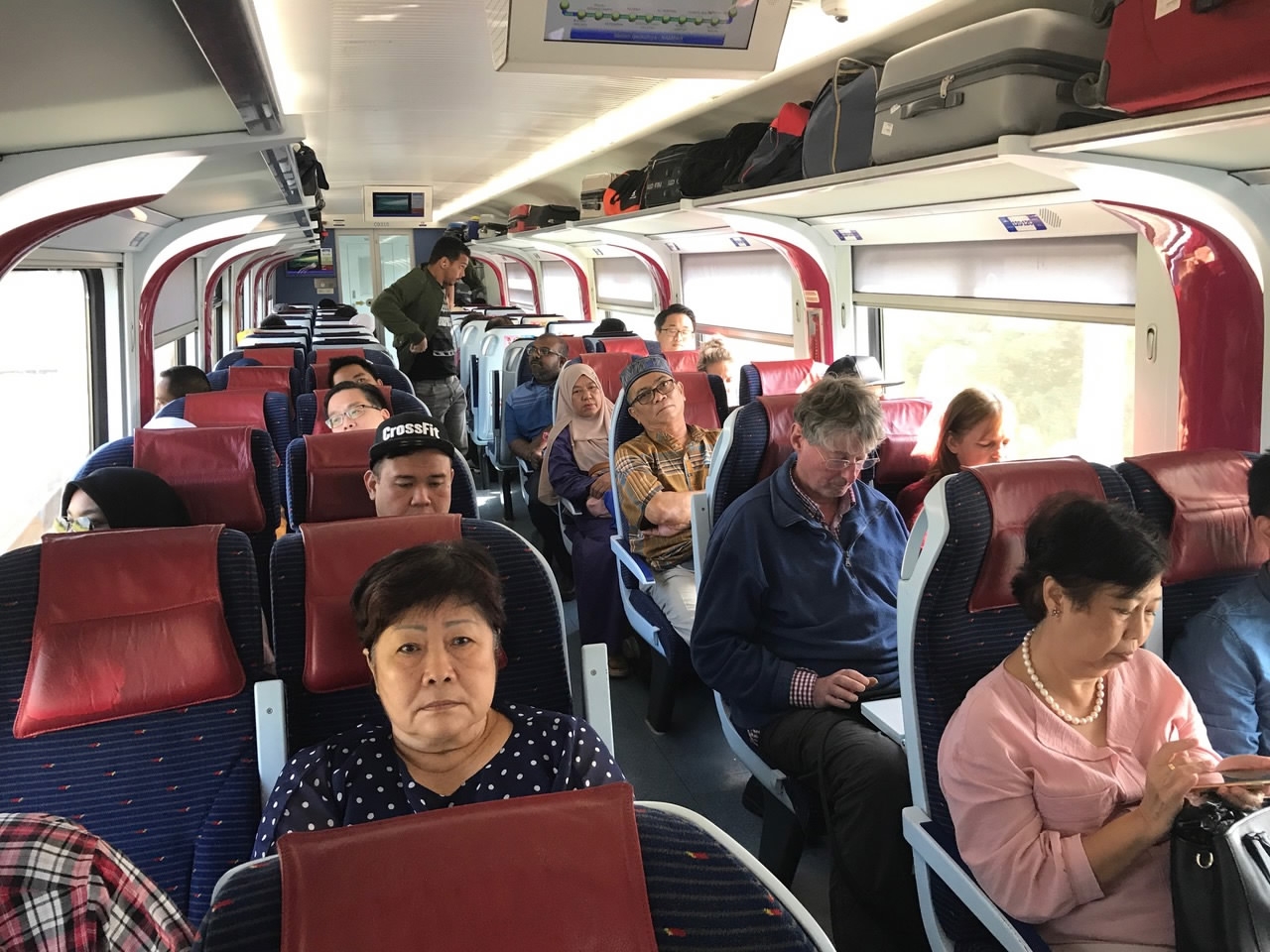
A CRRC electric train. /CGTN Photo
A CRRC electric train. /CGTN Photo
Malaysia’s economy and youth have already seen the benefits of China’s rail investments here. Around 80 percent of the workers at CRRC’s plant are local people like Mohamed Al-Amin Zaini Yah. He had a diploma in mechanical engineering when he first joined CRRC about five years ago, and has since got a degree in Management in Technology.
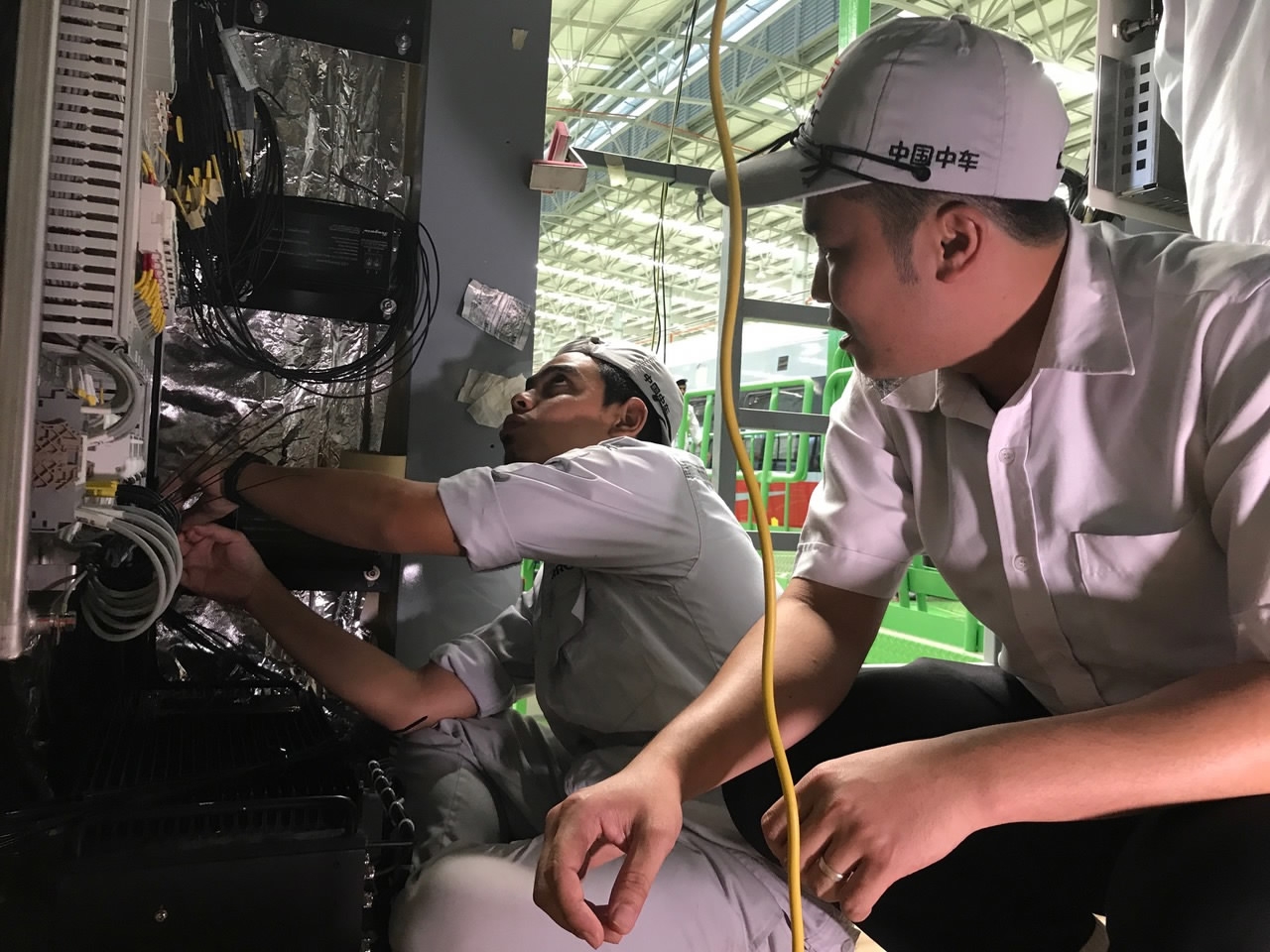
Mohamed Al-Amin Zaini Yah (R) has been to China three times for training. /CGTN Photo
Mohamed Al-Amin Zaini Yah (R) has been to China three times for training. /CGTN Photo
“The company sent me to China three times where I studied and acquired a lot of new skills, and developed my technical know-how. It has helped me expand my abilities and improve my income,” he says.
He adds that he’s proud to have been among the first batch of local workers to take part in a train building operation that Malaysia had never had before.
“Malaysia isn’t strong in railway equipment production,” says GM Jiang. “So entering Malaysia’s market, we bring new opportunities for Malaysia in this field. We will also help to cultivate local talents in manufacturing and management. We insist on localizing production and purchasing, boosting local suppliers and creating jobs.”
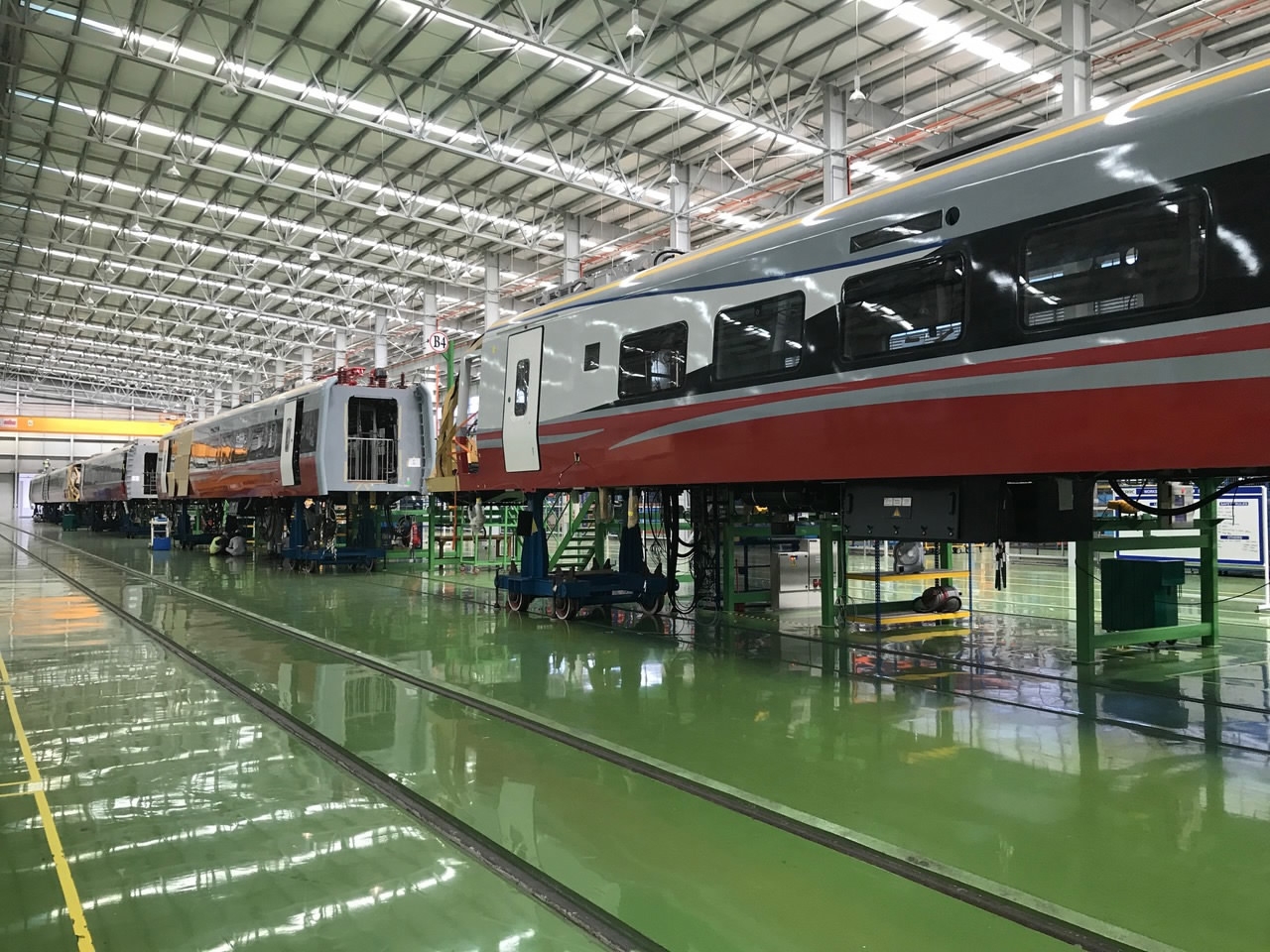
Some 500 train segments have been finished in the Perak plant. /CGTN Photo
Some 500 train segments have been finished in the Perak plant. /CGTN Photo
The CRRC Corporation is looking at its Malaysia plant to serve more than just the local market. It wants to use the Perak plant as a base to assemble trains for the whole of ASEAN.
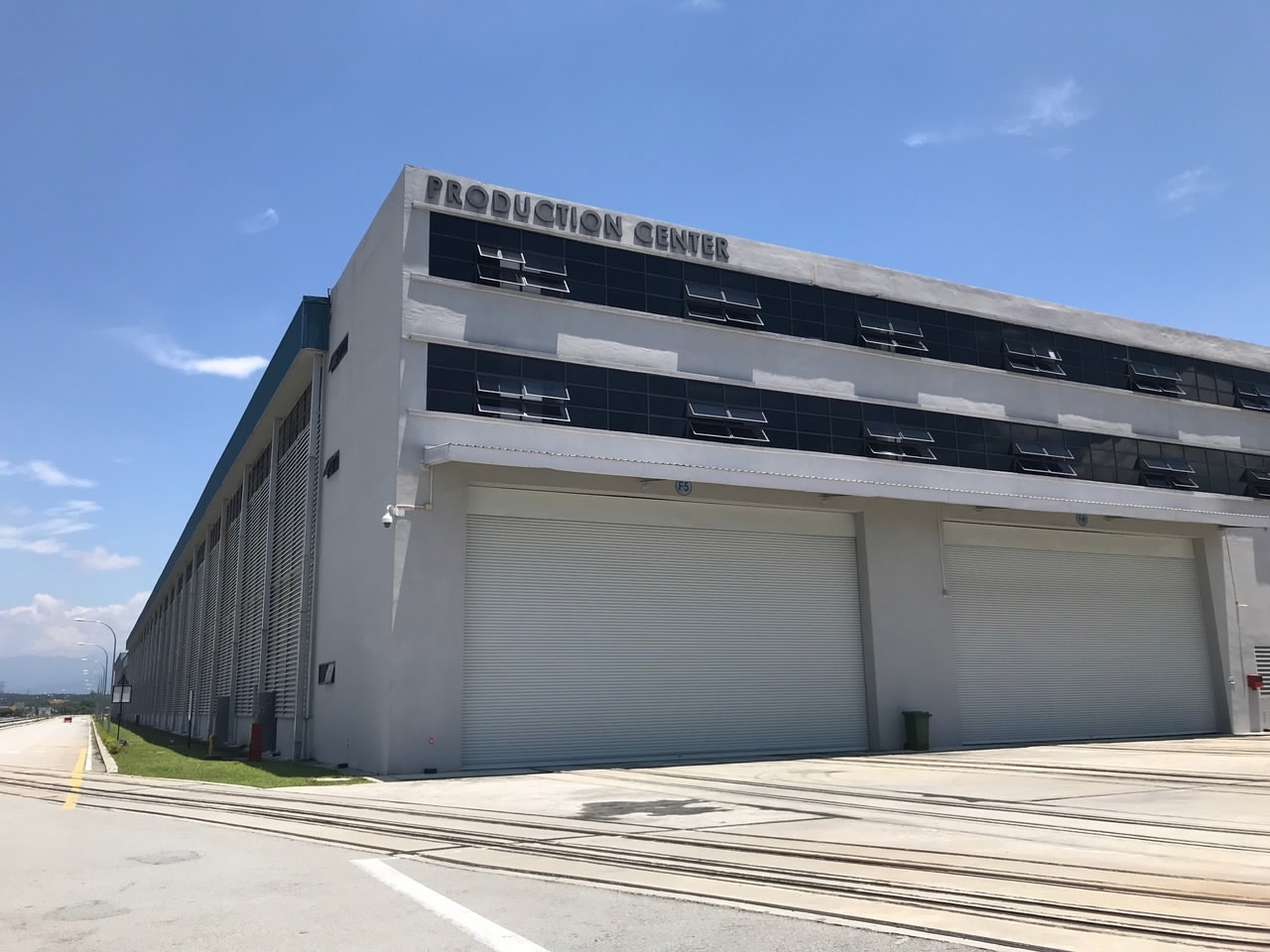
The plan is to assemble trains for the whole of Southeast Asia in the Malaysia plant. /CGTN Photo
The plan is to assemble trains for the whole of Southeast Asia in the Malaysia plant. /CGTN Photo
In line with the Belt and Road Initiative, China is actively pursuing or undertaking a number of other rail projects in the region, including linking the southwestern Chinese city of Kunming in Yunnan Province to Laos capital Vientiane, on to the Thai border and to the capital Bangkok.
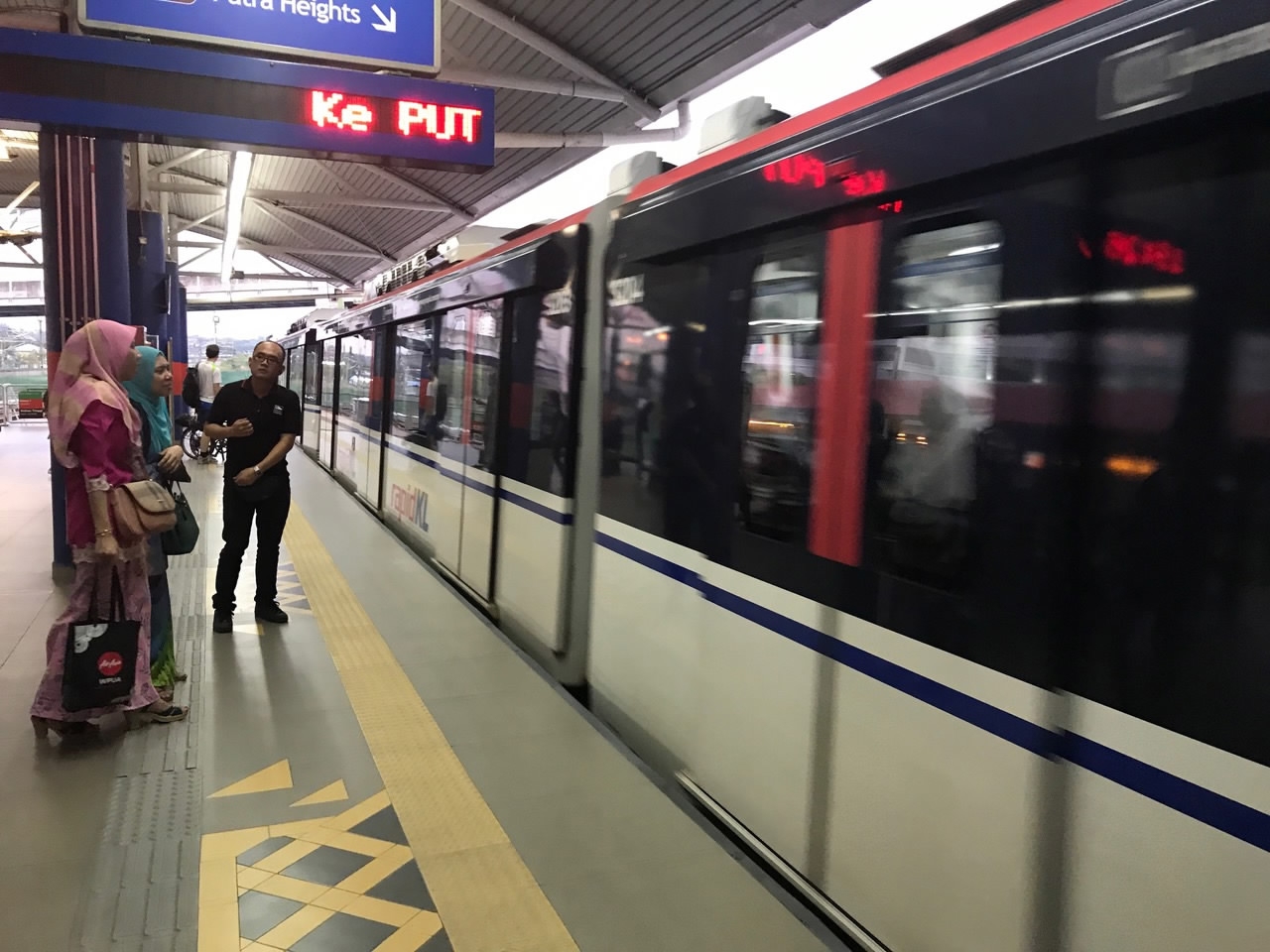
Trains for the new KL LRT extension are also built by the CRRC. /CGTN Photo
Trains for the new KL LRT extension are also built by the CRRC. /CGTN Photo
China has already solidly positioned at the heart of Malaysia’s ambitious rail expansion. But its rail companies will hope that their expertise and experience, coupled with their commitment to bring economic and social benefits, will help them land future high profile projects like the high-speed rail link between Singapore and Kuala Lumpur.

